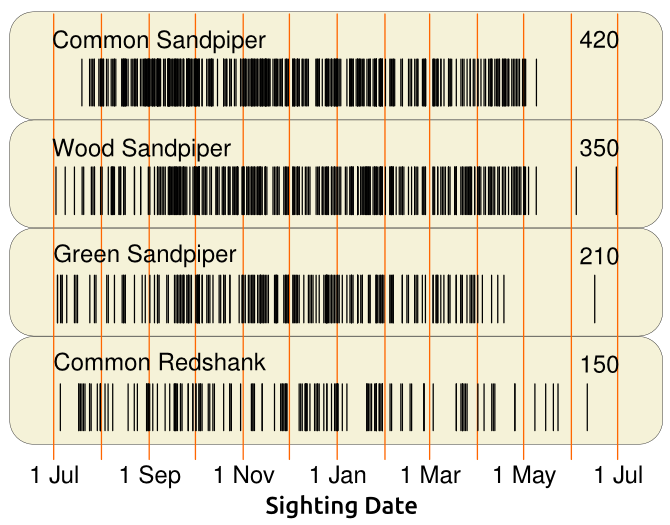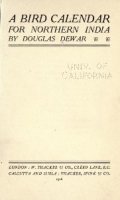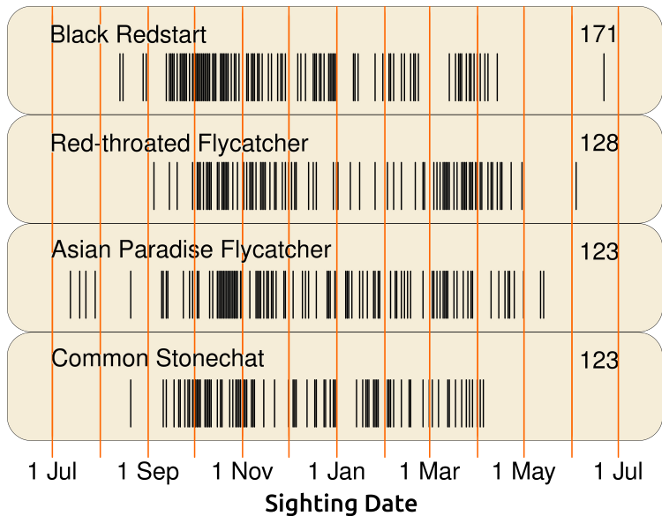Where do you live?
I live in Hennur, North Bangalore with my wife Vandana and our 4-year old daughter, Maya. I am originally from the UK.
When did you start watching birds?
I guess I was around 8 years old. I used to watch birds in my garden in England.
Who would you consider your birding mentor?
I don’t have any specific mentor as such, but my father was the biggest influence as he encouraged me to watch and identify birds from an early age. He always kept a field guide on the bookshelf, and we would jointly try to identify any wild visitors to our bird feeder. We would also look out for kites, falcons or buzzards on our annual holidays in the mountains of Wales (where my dad comes from).
Please describe a memorable birding experience.
My most memorable birding experience was with my wife on our honeymoon in Madagascar in 2007. There are so many weird and wonderful endemics there. Our favourite birds included Crested Coua and and Blue Coua (of the cuckoo family) and the Blue Vanga. Our best sighting, unknown to us at the time, was of a very shy Tsingy Wood Rail, which turned out to be a completely new species! We only found this out four years later when the editor of a UK bird magazine emailed me about my photograph of the bird on the internet, and the experts in the US subsequently confirmed the ID. My poor quality photo is now a rarity. If only I had known at the time, I would have tried harder to get a better photo!
What are your favourite migrants?
I guess my favourite migrant has to be the Eurasian Wryneck, which we saw for the first time on the Bangalore Bird Race in 2007.
What is your favourite place to watch migrants?
It used to be our balcony, overlooking marshes at the location of the long-gone Hennur Lake. Now even the marshes have gone, so we don’t see any snipe anymore, and most waders are out of sight now too. However we still enjoy seeing several hundred Glossy Ibis flying past our home in the first few months of the year, on their way to their evening roost. Some of them are resident all year round.
Do you have any advice for beginning birdwatchers and naturalists?
First enjoy what you have near your home – you may be surprised how many species you can see without going anywhere, and it can even be interesting just watching crows!
Why do you think people should care about birds and nature?
Birds are an essential part of our ecosystem. Salim Ali used to say that birds can flourish without humans but humans cannot even survive without birds. Unfortunately, we are none the wiser, and I only have to look out of my Bangalore balcony to remind myself of Man’s continued mass destruction of our natural habitat.
Any other information that you’d like to share with MigrantWatchers?
Whilst most of us have little control on the land around us, anyone who has an outside space, even a balcony, can do their bit to help birds. We are lucky enough to have a private roof terrace at home, and the small garden we have created now attracts sunbirds, bulbuls and doves on a daily basis, as well as munias, tits and flowerpeckers.
You can see James William’s MigrantWatch contributions here.






